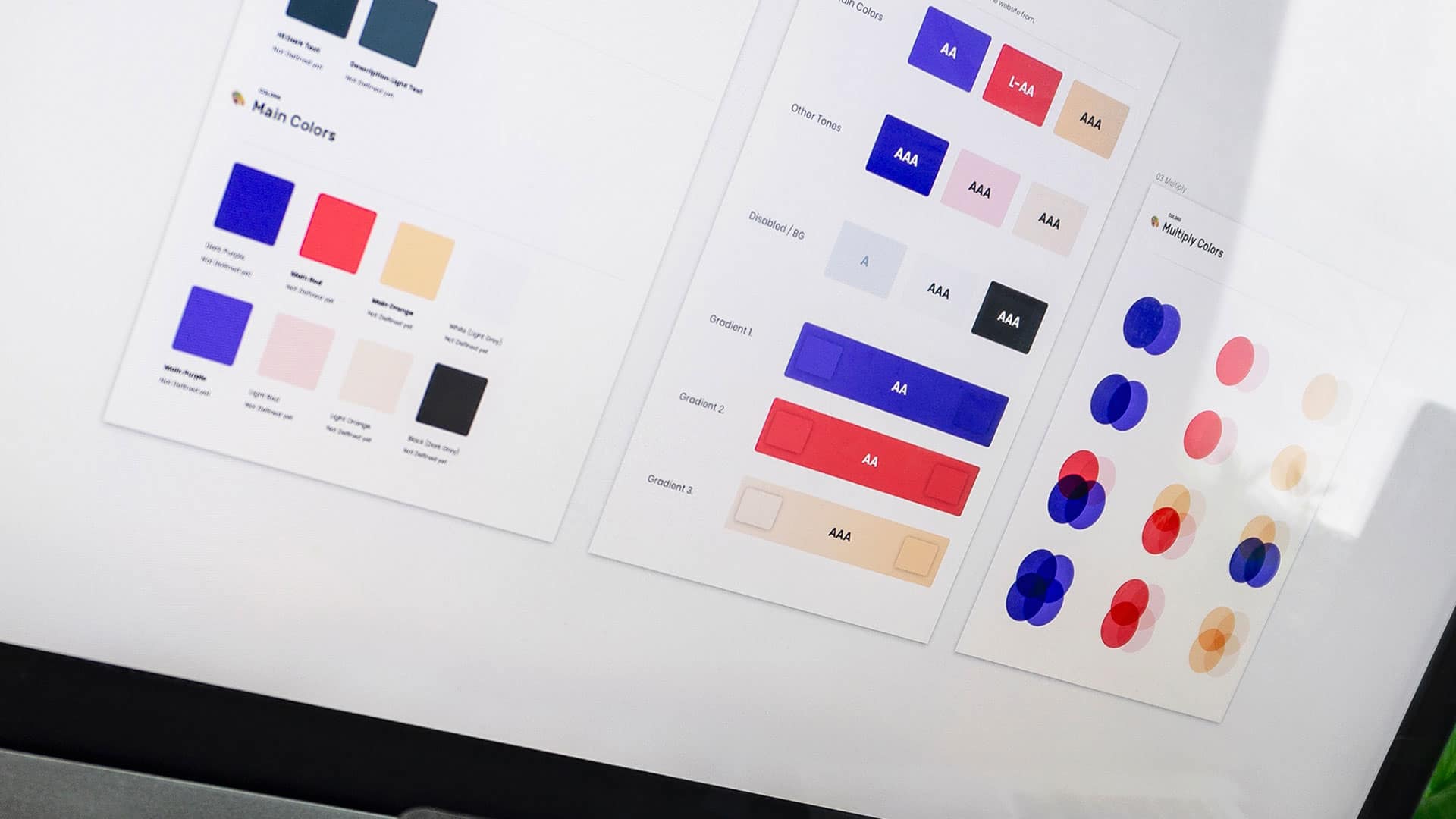
- Not putting in-place a detailed brand strategy
Branding is effective and successful only companies have a solid brand strategy in place. But one of the biggest mistakes that brands make is not having any branding strategy in the first place.
Not developing a brand strategy is akin to shooting an arrow in the dark. You have no clue what you need to do, where you need to aim and what you need to fix. This lack of strategy will cause a lot of harm to your brand, and reduce customer trust in you.
- Cutting costs with branding
Companies can (and sometimes should) cut costs wherever they can. But branding is not that area. Paying a few extra hundred dollars for a beautiful, evocative brand logo and brand image, can help you generate huge customer patronage for years to come. But, the problem begins when you choose to cut costs and look for cheap alternatives.
It’s important for brands to remember – low cost translates to low quality work in branding.
- Not developing a logo that is in-line with what your brand offers
Sometimes companies make stupid mistakes with their logos. This is such a bad choice for branding mistakes since the logo is the most recognizable element of a brand.
When it comes to logos, the worst thing a brand can do is design a logo that doesn’t clearly tell the customer what the brand is about. Let’s take Animal Planet, for example. The wildlife edutainment channel’s logo with the sideways letter has absolutely nothing to do with the brand’s offering – information about animals. When the company failed to rebrand correctly initially, they chose to stop their branding efforts. They chose to use a poorly-thought-out logo that is a complete mismatch for what it wants to offer.
This is one of the reasons why Animal Planet never saw its popularity take-off, while its competitors like National Geographic Channel did.
- Not sticking to the brand style guide
Brands have a style guide for a reason. Particular colors, font designs, and logo sizes elicit a specific psychological response in buyers. The right combination can entice prospects to make a spontaneous purchase.
But when companies fail to use brand style guides, they are unable to leverage this psychological trick to affect sales. You can do a lot of damage to the brand when you don’t stick to your style guide, which will have been researched by a branding expert.
Another problem of not sticking to style guides – they increase the risk of inconsistency in branding.
- Not having consistent branding across product lines
Did you know, when you maintain branding consistency across various platforms, you increase revenue by 23%?
Unfortunately, many brands don’t know this. Maybe this is why they choose to completely disregard the important rule of “consistent brand presentation”.
Some brands use different colors for each product in their entire range. They may even use different packaging materials or may choose to display the logo in different sections of the package. This can create a huge disconnect between the audience and the brand. When prospects don’t know a particular product is related to the brand, the chances of their purchasing it reduces dramatically.
- Not specifying your primary USP in their brand campaigns
Many times, brands get overenthusiastic and try to toss fancy-sounding words in their brand campaigns. For example, they may use words like – “Pioneering”, “Explosive”, “Authentic”, “Limited-edition” or “Game-changer”. Such words, while they sound exciting, don’t tell you anything concrete about the brand’s USP. They’re all fluff, with no stuff. And this is where the problem starts.
When prospective buyers don’t see any real value in your brand message, or they don’t understand how they’ll benefit from your product, they’re less likely to buy from you.
It’s super-important that brands stick to simple, boring-sounding words that tell customers exactly what their USP’s are.
- Using sensitive movements/trends to promote your brand
When the Black Lives Matter movement was beginning to receive global attention, many brands leveraged the trend to get themselves media exposure. Pepsi was one of them. But instead of using their advertising campaigns to support the BLM movement, Pepsi trivialized the issue. They showed a bunch of protestors (led by Kendall Jenner), facing-off against fully-suited armed policemen, protesting for their right to drink Pepsi. The advertisement received immense backlash. Rightly so.
There is nothing as terrible as a brand misusing a sensitive and powerful movement/trend for their branding campaigns.
- Expanding your brand to include the wrong products
Pepsi’s biggest competitor Coca Cola is responsible for this stupid move. If you’ve been following the company’s progress carefully, you’ll know Coke has wanted to enter the alcohol market for a long time. Now, they have succeeded in this, by launching an alcoholic beverage called Remondo in Japan. They are planning to launch another product named Topo Chico in Latin American countries.
Being a cola brand for decades, Coke had always branded itself as a family-friendly product that elicited positive vibes. When customers look at Coke now, they won’t be able to reconcile the new brand image with the one that they’ve grown up with. This move might have long-term negative implications for Coca Cola
- Forgetting to engage with your customers
The main objective of branding is to create a brand image of the company that people everywhere will always remember. But this won’t be possible if the brand doesn’t actively engage with customers across channels.
This lack of engagement can even extend to poor customer service across social media channels and affect the brand’s likability. For example, were you aware that for 73% of customers, a brand’s likability stems from responsive engagement and customer service?
- Ignoring inclusivity
In today’s world where inclusivity has become integral, a brand that is not inclusive can face immense problems.
Take skincare brand Dove’s recent advertisement, which features a black actor pulling off her shirt to reveal a new actor in a brown shirt. The next actor pulls off her shirt to reveal a white actor in a white shirt. Blazing front-and-center on the screen is Dove’s product meant to “beautify” women.
To think that companies indulge in such terrible branding campaigns is truly shocking!




![How to Fix WordPress Revisions Not Showing [SOLVED]](https://linuxpunx.com/wp-content/uploads/2025/01/how-to-fix-wordpress-revisions-not-showing-solved.png)
![5 Ways to Fix the SSH Connection Refused Error [SOLVED]](https://linuxpunx.com/wp-content/uploads/2024/07/5-ways-to-fix-the-ssh-connection-refused-error-solved-768x514.png)
